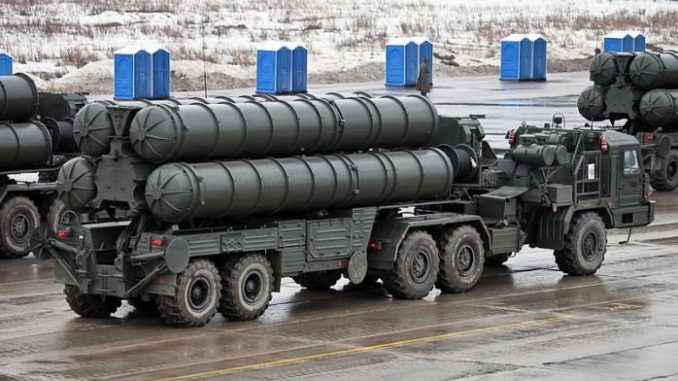
In News
The Ministry of Defence Shri Rajnath Singh has unveiled the new Defence Acquisition Procedure 2020 (DAP 2020).
In-Detail
The Defence Procurement Procedure was first promulgated in the year 2002. Since then, it is revised periodically.
The current updated procedure was formulated by Main Review Committee under the chairmanship of Shir Apurva Chandra and was accepted by the Defence Ministry.
The new procedure will come into effect from 1st October 2020.
DAP 2020 aligns with the government’s Atmanirbhar Bharat Abhiyaan, empowering the Indian domestic industry and make India a global manufacturing hub.
There are specific provisions for encouraging FDI, import and export substitutions while protecting the interests of the Indian domestic industry.
Some Reforms Brought by DAP 2020
There will be a list of weapons/platforms which will be banned from importing. This is to promote the manufacture of these weapons/platforms domestically.
Under the indigenisation of the imported spares clause, some new procedures have been included.
- At the request for information stage, the prospective foreign vendors’ willingness to progressively undertake manufacturing within the country through the development of the indigenous ecosystem for spare/sub-components will be explored.
- A new category of Buy (Global – Manufacture in India) necessitates the manufacture of the entire equipment/part of it or spares/assemblies/Maintenance, Repair and Overhaul (MRO) facility through a subsidiary in India.
- FDI in the new Buy (Global – Manufacture in India) necessitates OEMs to set up manufacturing/maintenance unites in the country through a subsidiary.
- Trial procedures for the weapons and systems have been simplified and are based on principles of transparency and equal opportunities to all. The procedures foster competition.
- To promote Ease of Doing Business, the DAP 2020 has simplified procedures and delegated processes making the procurement process industry-friendly.
- There is an overall enhancement of indigenous content in defence procurement across categories.
| Sr No | Category | DPP 2016 | DAP 2020 |
| 1 | Buy (Indian-IDDM) | Min 40% | Min 50% |
| 2 | Buy (Indian) | Min 40% | Indigenous design – Min 50% Otherwise – Min 60% |
| 3 | Buy & Make (Indian) | Min 50% of Make | Min 50% of Make |
| 4 | Buy (Global – Manufacture in India) | – | Min 50% of Buy plus Make |
| 5 | Buy (Global) | – | Min 30% for Indian vendors |
End to Offset Clause
Offset clause in defence procurement when done through Inter-government Agreement (IGA), government-to-government or in a single vendor situation has been done away.
Earlier, the offset clause required a foreign vendor to invest a part of contract value in India.
But, offsets will continue in the multi-vendor competitive procurement contracts.
This means offsets will be reduced substantially.
In the deal to buy 36 Rafael fighter jets under the India-French government agreement, a 50% offset clause has been included.
But, the new rules do not apply retrospectively, thus not impacting the existing contracts.
Leasing
Leasing or asset acquisition for a limited period has been introduced as a new chapter in the DAP 2020.
This is for the first time government is allowed to hire equipment from domestic or foreign vendors.
Under the Make & Innovation, a new category Make III for indigenous manufacturing of equipment, platforms or spare, assemblies, sub-assemblies for import substitution has been introduced.
Conclusion
These and many other changes in the DAP 2020 make indigenisation of defence manufacturing more realistic. The DAP 2020 aligns with the government’s aim to make India self-reliant in defence manufacturing.

Leave a Reply
You must be logged in to post a comment.